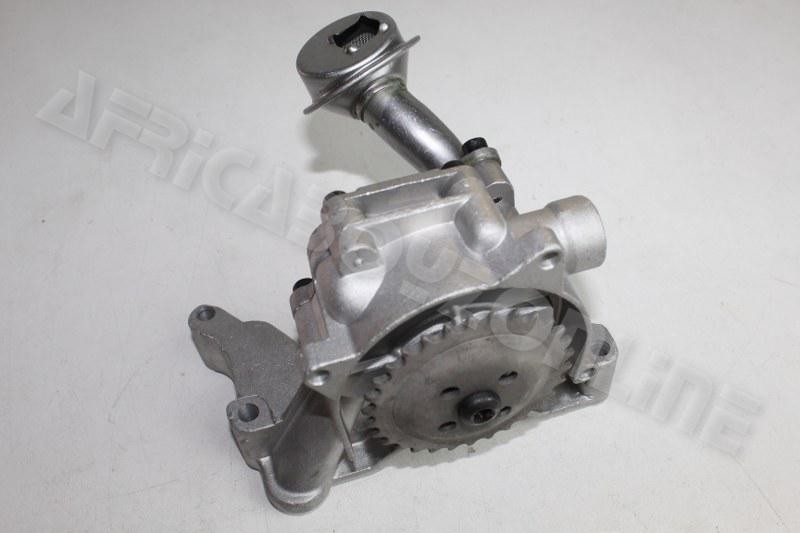Exactly How a Clp Engine Can Boost Effectiveness in Various Industries
The advent of CLP engines marks a considerable change in functional efficiency across different fields, driven by their ability to enhance fuel usage and decrease downtime. As companies progressively focus on sustainability alongside efficiency, the role of CLP engines ends up being even a lot more essential.
Overview of CLP Engines
CLP engines, or Continuous Liquid Propellant engines, stand for a substantial improvement in propulsion innovation, particularly for space applications. These engines make use of a constant feed system that permits the continual expulsion of propellant, leading to boosted effectiveness and performance contrasted to standard solid or hybrid propulsion systems. By maintaining a consistent flow of liquid propellant, CLP engines can achieve extra exact thrust control, which is critical for navigating spacecraft in various goal situations.
The design of CLP engines incorporates advanced materials and ingenious fuel monitoring systems. clp engine. This results in lowered weight and increased dependability, crucial variables for long-duration space goals. The continual procedure reduces the threat of burning instability, a typical difficulty in standard rocket engines.

Benefits in Production
The manufacturing of Continuous Liquid Propellant (CLP) engines presents several notable advantages that improve both efficiency and cost-effectiveness. One of the key advantages is the structured manufacturing procedure, which reduces the complexity connected with traditional propulsion systems. By making use of fluid propellant, producers can attain better accuracy in engine efficiency, leading to maximized energy outcome and lowered waste.
Furthermore, CLP engines facilitate a higher degree of modularity, enabling easier assimilation into numerous manufacturing lines. This versatility can substantially lower lead times and boost total functional versatility. Making use of CLP innovation also has a tendency to reduce the demand for substantial maintenance because of fewer moving components, which equates right into lowered downtime and operational prices.

Applications in Logistics
Leveraging Constant Liquid Propellant (CLP) engines in logistics supplies considerable benefits in operational effectiveness and integrity. These engines supply a robust service for various transportation needs, enabling the seamless motion of goods throughout large ranges. The inherent style of CLP engines permits for constant power output, which converts right into smoother and more predictable transportation timetables.
Among the vital applications of CLP engines in logistics remains in heavy-duty freight transportation, where they can drive both ground and airborne automobiles. Their ability to preserve high efficiency under varying load conditions makes sure that distribution timelines are satisfied, consequently enhancing customer satisfaction. In addition, CLP engines can be incorporated into automated logistics systems, helping with real-time tracking and optimizing course planning.
Moreover, the resilience of CLP engines reduces upkeep downtime, allowing logistics firms to maximize their functional abilities. This is particularly valuable in warehousing procedures, where efficiency in taking care of and carrying goods is important. As logistics continues to advance, the combination of CLP engines stands for a forward-thinking technique that not just enhances efficiency yet also sustains the industry's growing needs for dependability and rate.
Influence On Power Efficiency
Just How do Continuous Liquid Propellant (CLP) engines enhance power efficiency in transportation? CLP you can try here engines utilize a consistent circulation of fluid fuel, maximizing combustion processes and preserving a secure thrust outcome. This layout reduces power losses related to conventional burning engines, where gas delivery can vary and cause inefficiencies.
The continuous operation of CLP engines permits an extra efficient thermal cycle, causing higher specific impulse compared to traditional engines. clp engine. This converts to lowered fuel consumption for the exact same amount of job done, dramatically reducing functional costs across various transportation industries, including air travel and maritime markets
In addition, the capacity of CLP engines to keep optimal performance under varying tons conditions decreases the requirement for regular acceleration and deceleration, even more improving fuel effectiveness. Boosted energy efficiency not just adds to set you back financial savings yet likewise causes reduce check out this site greenhouse gas discharges, lining up with global sustainability goals.
Future Trends and Innovations
Emerging advancements in Continuous Fluid Propellant (CLP) engine modern technology pledge to reinvent the landscape of transportation efficiency and sustainability. As industries pivot towards greener choices, CLP engines stand at the forefront, incorporating ingenious materials and design techniques that boost performance while reducing ecological influence.
One of the most appealing fads is the adoption of hybrid systems that combine CLP engines with renewable click to read power sources. This synergy can maximize fuel consumption and minimize exhausts, straightening with global sustainability objectives. Improvements in computational fluid characteristics (CFD) are facilitating the layout of more aerodynamically efficient engines, leading to lowered drag and enhanced gas efficiency.
In addition, the advancement of clever monitoring systems is readied to enhance functional efficiencies. These systems take advantage of data analytics and IoT modern technology to optimize engine performance in real-time, making certain that the engines operate within their most reliable parameters.
As research study remains to explore alternate propellant solutions-- such as biofuels and synthetic gas-- the future of CLP engines looks promising. By taking advantage of these innovations, markets can not just boost their efficiency however additionally add considerably to a cleaner, a lot more sustainable future in transport.
Verdict
In final thought, CLP engines represent a considerable development in efficiency across multiple industries. The assimilation of innovative materials and fewer moving parts minimizes upkeep needs, while positioning with sustainability goals positions CLP engines as a pivotal technology for the future.